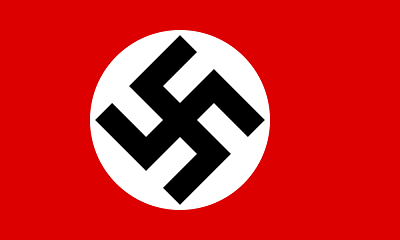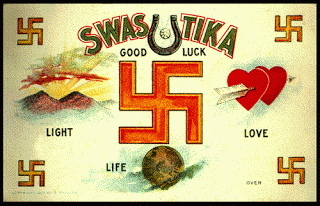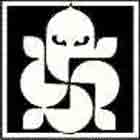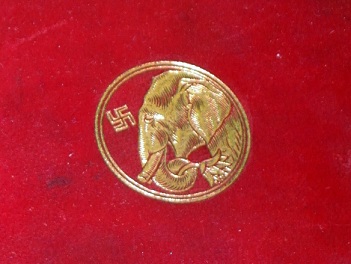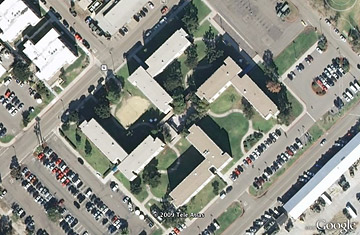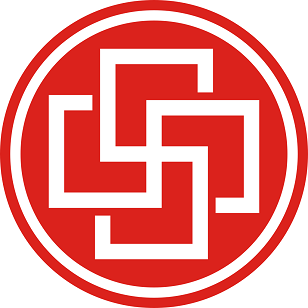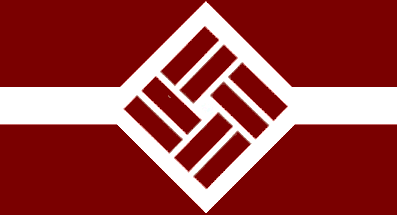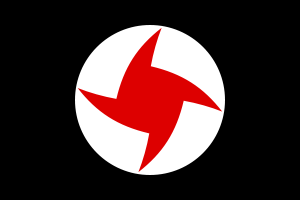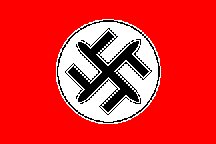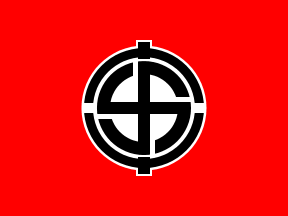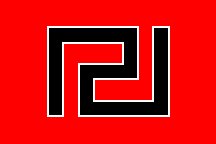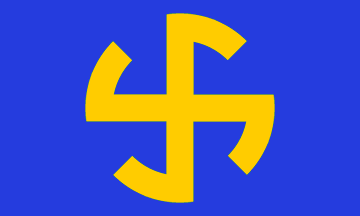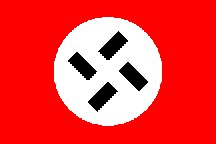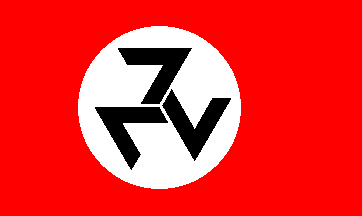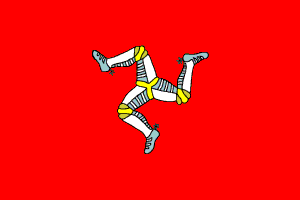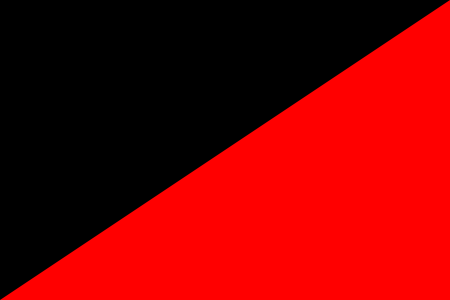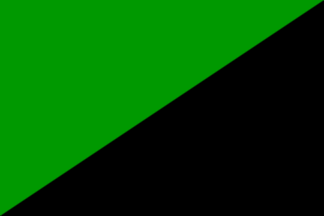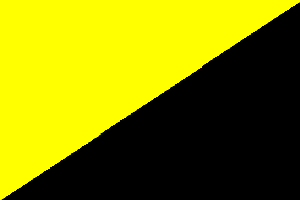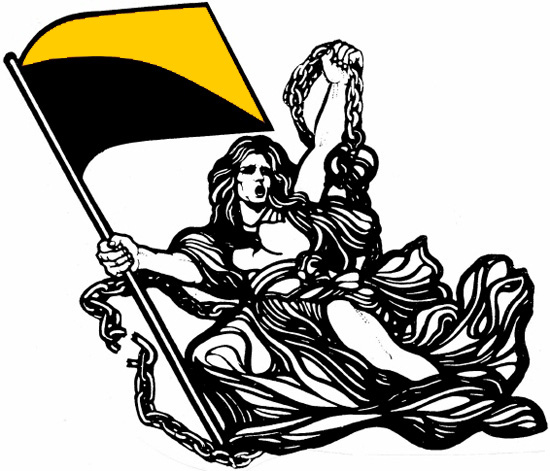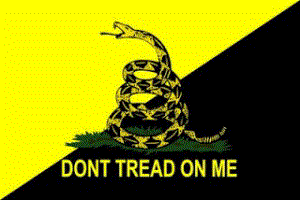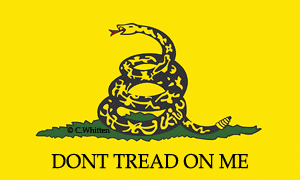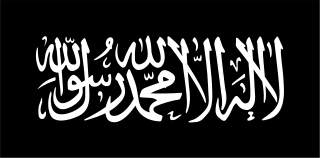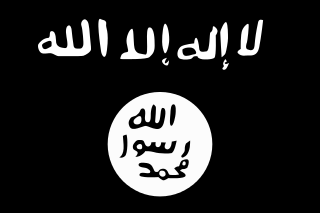[ by Charles Cameron — in response to a comment by Zen on a previous post — swastikas, anarchist flags, Gadsden flags, black banners, and their various variants ]
.
Yesterday, in response to my piece on Black Banners in the Washington Post Zen commented:
Funny how no one mistakes the meaning of a flag with a swastika or a hammer and sickle.
I pretty much agree. Most of us — with occasional exceptions – recognize the swastika as the detestable symbol of Hitler‘s National Socialists or Nazis, right?
**
And yet there are nuances — and it was in search of those that I sent myself off on one of those wild goose chases to which the internet entices us. My response got so long in fact, and so heavily illustrated, that I decided to make it a post of its own.
The Nazi swastika is pretty straightforward — except that it can be confused with an ancient Hindu symbol of Life, Love and Light..
found in pujas or worship ceremonies,
associated with Lord Ganesh,
from which Rudyard Kipling no doubt drew his own use of a swastika imprint on his books,
although he later withdrew it,
Kipling was so disgusted by the Nazis and the sight of their flag that he removed the swastika, a Hindu symbol of good luck, from his bookbindings. It had been his trademark for nearly forty years but it was now ‘defiled beyond redemption’
and in Buddhism, for instance decorating the throne of the Dalai Lama,
in the design of US Naval dormitories in Coronado,
in old-style greetings cards,
and a kabbalistic diagram:
**
Ah, but it also has many variants:
the Maru ni Hidari Mannji crest, from Japan,
the symbol of the Slavic Union,
the National Power Unity Party of Latvia,
the Syrian Social Nationalist Party,
National Unity of Russia,
Russia’s National Socialist Movement,
the Tohokai Party flag,
the Golden Dawn, from Greece,
the Dutch National Socialist movement,
and Swedish National Socialist Bloc,
Action Front Nationalist, Germany,
and the Afrikaner Resistance Movement, S Africa,
reminiscent of this flag of the Isle of Man,
not to be confused with that of the Isle of Women:
**
You might think Anarchist flags would be pretty simple, eh? Red and black triangles..
except that this shouldn’t be confused with the right-wing Nation flag from Belgium:
Interesting anarchist variants apparently include the Anarcho-feminist flag,
the Eco-anarchist,
and the Market-anarchist,
illustrated here,
and sometimes, apparently, in conjunction with..
.. the Gadsden flag:
which will be familiar to Tea Partiers and Chicago Boyz.
**
I found or was pointed to most of the images above by the three Political Flags of Extremism pages, to which I am grateful.
Now, as to the Black Banners — Wikipedia has an entry on The Black Standard, showing diferent variants of the black banner (or raya) — notably these three:
The simplest version — the one Muhammad carried into battle,
next, the flag with shahada used by AQ,
and finally the version associated with al-Shabaab and most recently the “Islamic State” caliphate:
There are doubtless many more, some official and some the work of individuals, and exactly which versions have ben recorded in use by which groups is beyond my scope to say.
**
My real point, my real answer to Zen’s comment isn’t to agree or disagree with him, just to say that both group flags and logos and which groups they’re attributed to, with what exact shades of meaning, can be a tricky business.
When the US Embassy in Cairo was attacked on September 11th 2012, the “caliphate” was not yet in existence, and the black flag visible in this photo was labeled “the al-Qaida flag”:
It wasn’t even the only black banner there:
To add yet a further touch of symbolic mashup, you can also see an Anonymous / Guy Fawkes / Vendetta mask in both pictures.
In any case, back then the “shahada with seal” was an al-Qaida flag, and this week, Abby Phillip called that same style of flag the “signature flag” of the Islamic State in her WaPo article this week.
As Heraclitus famously said, panta rhei — all is flux.
And a tip-of-the-hat to Lewis Shepherd for a reminder of that great word, vexillology!

